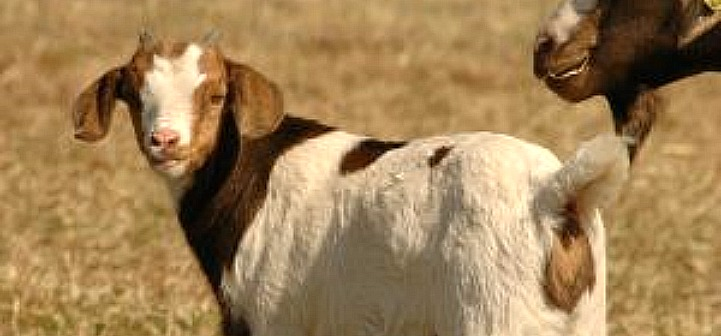Because food safety is of a great concern to consumers, it is important that producers play their part in ensuring the safety of the food supply. This can be done by inspecting all goats before they are sold or slaughtered for human consumption. The inspection should include the goat’s skin, eyes, nose, external reproductive system, mouth, feet, and locomotion. The inspector should look for conditions such as caseous lymphadenitis, epithelioma, lethargy, locomotion problems, missing eyes, bloat, swellings, respiratory problems, swollen …
